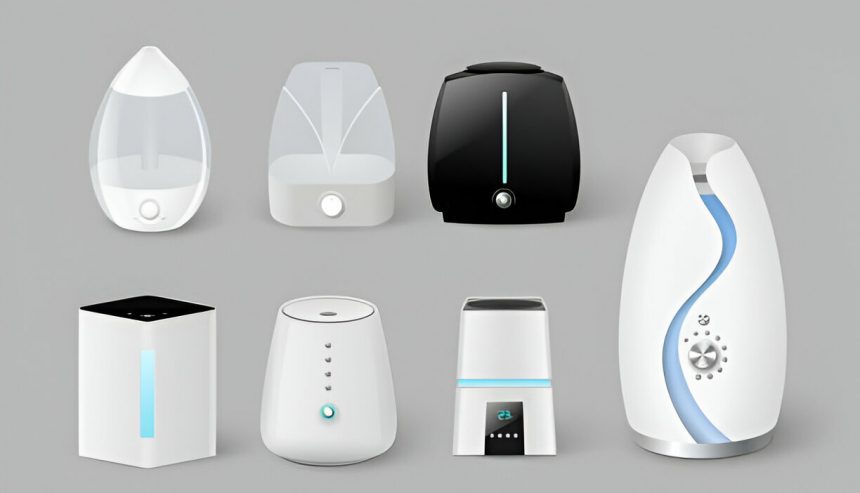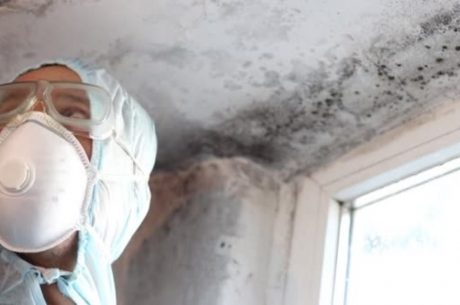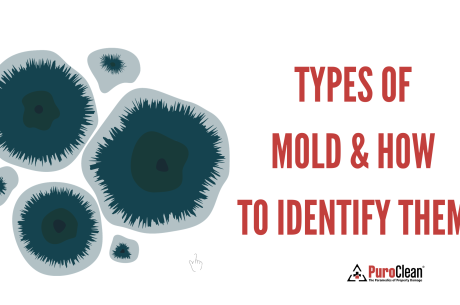Table of Contents
Mold growth is a persistent problem, especially in humid regions like Florida. Homeowners and business owners often turn to air purifiers and dehumidifiers to combat mold, but do these devices truly prevent mold growth? This article is carefully written to compare and contrast the effectiveness of using air purifier vs. dehumidifier for mold. We will explore the science behind mold development, how these devices work, and whether they are effective solutions for mold prevention and remediation.
Understanding Mold Growth
Mold is a type of fungus that thrives in environments with excess moisture, organic material, and poor ventilation. It spreads through microscopic airborne spores, which can settle on damp surfaces and begin growing within 24 to 48 hours. To effectively control mold, two critical factors must be addressed:
- Moisture control – Mold cannot grow without moisture.
- Airborne spore reduction – Mold spreads through the air and settles on surfaces.
When comparing Air Purifier vs. Dehumidifier for Mold, it is important to acknowledge that both devices play a role in addressing mold but they serve different purposes.
How Dehumidifiers Help With Mold
Function:
Dehumidifiers regulate indoor humidity by extracting excess moisture from the air, making it harder for mold to thrive
Effectiveness Against Mold:
- Prevents Mold Growth – Mold requires moisture to grow. Dehumidifiers maintain humidity levels below 50%, significantly reducing the likelihood of mold development.
- Protects Soft Surfaces – Carpets, upholstery, and curtains are vulnerable to mold. Lower humidity levels prevent these materials from becoming breeding grounds.
- Reduces Musty Odors – Mold and mildew produce strong, unpleasant smells. Removing excess moisture helps eliminate these odors.
- Prevents Secondary Damage – Excess moisture contributes to wood rot, peeling paint, and rust. Dehumidifiers help prevent these issues.
- Does Not Kill Existing Mold – If mold is already growing, a dehumidifier will not remove or kill it. Professional remediation is required for active infestations.
Best Use Cases:
- Homes and buildings with humidity levels above 60%
- Basements, crawl spaces, and poorly ventilated rooms
- Post-water damage recovery to prevent mold growth
How Air Purifiers Help With Mold
Function:
Air purifiers remove airborne contaminants, including mold spores, allergens, and pollutants, using HEPA (High-Efficiency Particulate Air) filters and additional purification technologies.
Effectiveness Against Mold:
- Removes Airborne Mold Spores – HEPA filters trap particles as small as 0.3 microns, capturing mold spores before they settle on surfaces.
- Improves Indoor Air Quality – By filtering out allergens and pollutants, air purifiers create a healthier breathing environment, particularly for allergy sufferers.
- Some Models Neutralize Mold Spores – Advanced purifiers use UV-C light or activated carbon to kill or deactivate mold spores, preventing their reproduction.
- Does Not Control Humidity – Air purifiers do not reduce moisture, meaning mold can still grow on damp surfaces despite cleaner air.
- Cannot Remove Existing Mold Growth – Mold that has already established itself on surfaces will not be affected by an air purifier.
Best Use Cases:
- Homes with mold allergies or respiratory sensitivities
- Rooms with poor ventilation where mold spores can accumulate
- Supplementing mold remediation efforts to reduce airborne spores
Which One Is Better for Mold Control?
| Feature | Dehumidifier | Air Purifier |
|---|---|---|
| Prevents mold growth | ✅ Yes | ❌ No |
| Removes mold spores from air | ❌ No | ✅ Yes |
| Kills existing mold | ❌ No | ❌ No |
| Controls humidity | ✅ Yes | ❌ No |
| Improves air quality | ❌ No | ✅ Yes |
| Best for allergy sufferers | ❌ No | ✅ Yes |
Air Purifier vs. Dehumidifier for Mold:
- If you want to stop mold from growing, a dehumidifier is essential. By keeping humidity levels below 50%, it eliminates the conditions mold needs to thrive.
- If you want to reduce airborne mold spores, an air purifier is beneficial. It helps maintain cleaner indoor air and prevents the spread of spores.
- For optimal mold control, using both a dehumidifier and an air purifier together is the most effective approach.
If you’re faced with mold, read this article to know when to DIY and when you should call a professional mold remediation company.
Other Key Mold Prevention Tips
While both devices help manage mold, they are not standalone solutions. Beyond considering air purifier vs. dehumidifier for mold, here are additional steps to prevent mold in your home or business:
Fix Water Leaks Promptly – Repair leaking pipes, roofs, or appliances immediately to prevent moisture buildup.
Improve Ventilation – Use exhaust fans in bathrooms and kitchens, and open windows when possible to promote airflow.
Use Mold-Resistant Materials – Consider mold-resistant drywall, paint, and insulation in moisture-prone areas.
Regularly Inspect Your Property – Look for signs of moisture, condensation, or musty smells that could indicate mold growth.
Clean & Dry Wet Areas Immediately – Any water-damaged materials should be dried within 24-48 hours to prevent mold.
Final Thoughts
Both air purifiers and dehumidifiers play important roles in mold prevention, but they serve different purposes. A dehumidifier tackles the root cause by controlling moisture levels, while an air purifier reduces airborne mold spores. If you live in a humid environment or have had previous mold issues, investing in both can help maintain a mold-free home. However, neither device eliminates mold that has already grown—proper remediation and moisture control are essential.
Read now: Going the Extra Mile: Mold Remediation for Elderly Clients in Lakewood Ranch
Need Mold Remediation?
If you suspect mold growth in your home or business, professional remediation is the safest option. Contact PuroClean of Bradenton on 941-877-2288 for expert mold remediation today.


